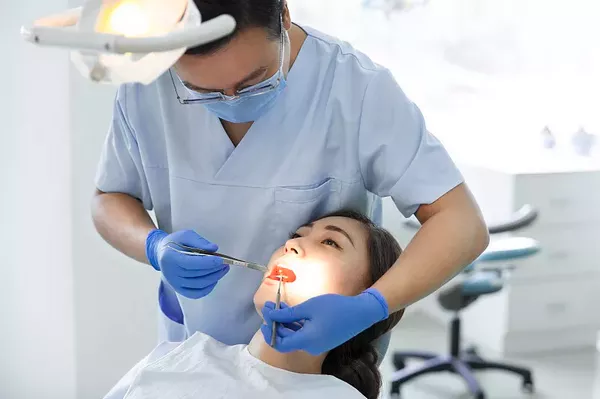Orthodontic treatment is a common dental procedure used to correct misaligned teeth and jaws. While the idea of having metal brackets and wires attached to your teeth may seem intimidating, rest assured that orthodontic treatment is safe and effective when performed by a qualified professional.
Orthodontic treatment involves moving teeth into their proper positions using braces or clear aligners. Braces are made up of brackets, wires, and bands that are attached to the teeth and adjusted over time to gradually move them into place. Clear aligners, such as Invisalign, are custom-made trays that fit over the teeth and are changed out every few weeks to slowly shift the teeth.
Orthodontic treatment is generally considered safe for both children and adults.
However, as with any medical or dental procedure, there are some potential risks and side effects that patients should be aware of.
- One common side effect of orthodontic treatment is discomfort or soreness in the teeth and gums.
This is to be expected as the teeth are being moved, but can be managed with over-the-counter pain medication and orthodontic wax to alleviate irritation from braces.
- Another potential risk of orthodontic treatment is tooth decay and gum disease.
When teeth are crowded or crooked, they can be more difficult to clean, which can lead to an increased risk of dental problems. However, proper oral hygiene habits such as brushing and flossing regularly can help to minimize this risk.
- In rare cases, orthodontic treatment can cause more serious complications such as damage to teeth or roots, TMJ (temporomandibular joint) problems, or speech difficulties.
However, these risks are typically very low when treatment is performed by a qualified and experienced orthodontist.
- It’s important to note that orthodontic treatment is not recommended for everyone.
Patients with certain health conditions or who are taking certain medications may not be good candidates for orthodontic treatment. Additionally, patients with certain dental problems such as severe tooth decay or gum disease may need to address these issues before undergoing orthodontic treatment.
If you are considering orthodontic treatment, it’s important to consult with an experienced and qualified orthodontist who can assess your individual needs and risks. Your orthodontist can also discuss the potential risks and side effects of treatment with you in more detail, as well as provide guidance on how to minimize these risks.
Conclusion
orthodontic treatment is a safe and effective way to improve the appearance and function of your smile. By working with a qualified orthodontist and practicing good oral hygiene habits, you can achieve a straighter, healthier smile that lasts a lifetime.
































